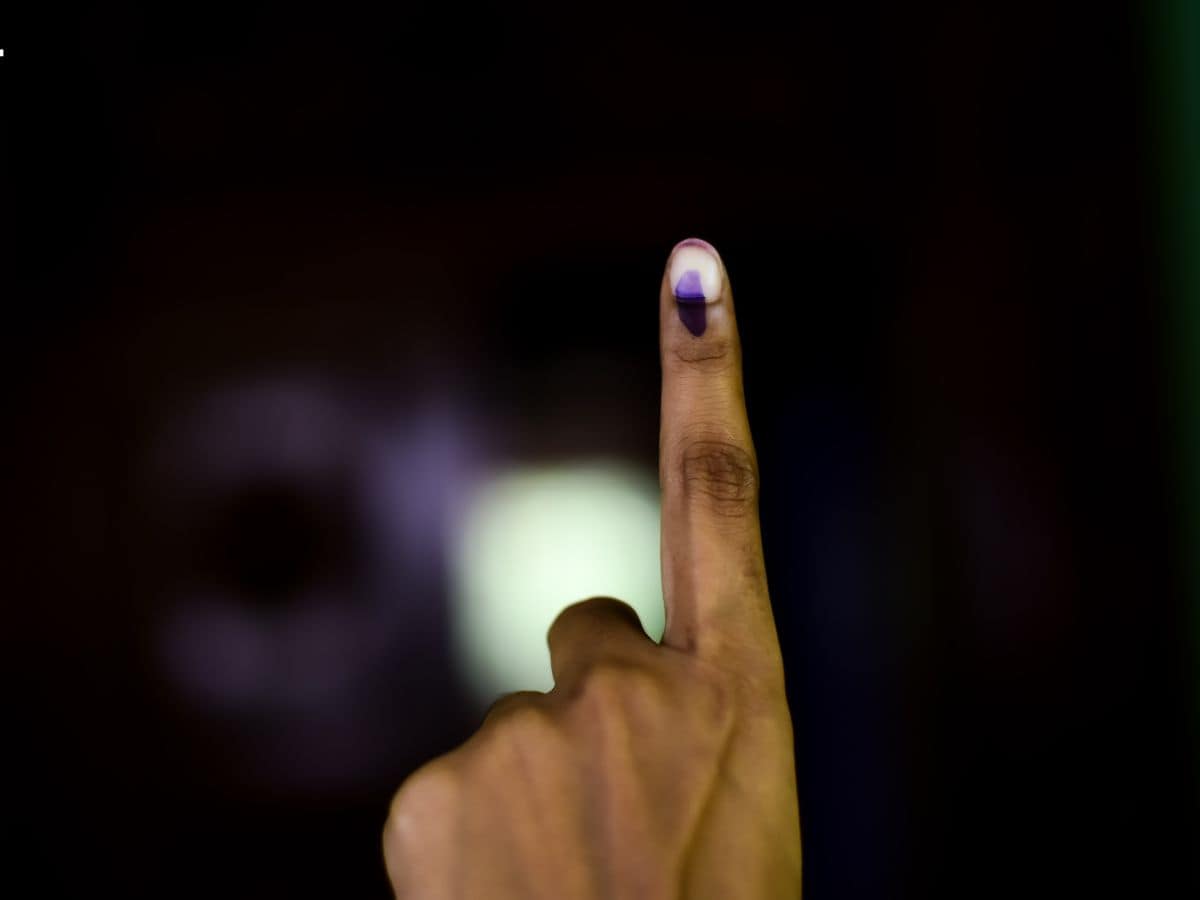
The Union Cabinet has given its nod and the BJP-led NDA government will implement ‘one nation, one election’ within its current tenure, says Prime Minister Narendra Modi. The Cabinet accepted the recommendation of the high power committee headed by former President of India, Ramnath Kovind.
The first General elections were held between October 25, 1951 and February 21, 1952 and were marked as ‘Naya Hindustan Zindabad’ by the first Prime Minister Pt. Jawaharlal Nehru.
As Machiavelli wrote – “History is written by the victors” It was a humungous task. A lot of exercise had gone in to conduct free and fair elections for the first time nearly four years and two months after India became Independent, that too through paper ballot.
As per the Lok Sabha secretariat, “simultaneous elections to the Lok Sabha (House of the People) and Vidhan Sabhas (State Legislative Assemblies) were held in the years 1951-52, 1957, 1962, and 1967.”
However, the synchronisation could not be maintained for several administrative and political reasons. These include, unstable state governments, frequent dissolutions, internal conflicts, defections and failure stitch together coalition governments. All these factors led to mid-term elections.
Not that the midterm elections were held on the whims and fancies of the ruling dispensations. Art 174 (2)(b) of the Constitution of India and Art 356, facilitated the State Legislatures to opt for midterm elections after due process.
Art 174 (2)(b) gives powers to the Governors of the state to dissolve the State Legislative Assemblies on the advice of the Chief Minister and the council of ministers. While Art 356 allows the President of India to impose President’s Rule if the state governor reports that the government in the state cannot be carried or in accordance with the provisions of the Constitution.
Exploiting this option, the Telangana government headed by Telangana Rashtra Samithi deviated from the synchronisation and recommended dissolution of the State Legislative assembly in 2018, eight months before the completion of its full term just to avoid simultaneous Lok Sabha and Vidhan Sabha elections. And they had a right to opt for it.
The then Chief Minister, K. Chandrashekar Rao believed that if both elections were held in tandem, national issues would dominate the local elections too and wanted to cash in on rising popularity of his government and party. Otherwise, there were no such incidents cited under the Articles as discussed above, the decision was taken purely on political purposes.
From 1952 to 2024, in all a total of 18 general elections have been held both for Lok Sabha and Vidhan Sabha. Out of which from 1952 to 2014, simultaneous elections were held in United Andhra Pradesh for at least nine times. While Andhra Pradesh Continued in 2019 and 2024.
Under this backdrop, it raises a pertinent question: How far is it possible to conduct ‘One nation and one election’ in 29 states along with two union territories; Delhi, Puducherry, now Jammu & Kashmir and Ladkh (which doesn’t have a state legislature)?
Agreed. From 1951 to 1967 elections for both Lok Sabha and Vidhan Sabha were held in sync and even today countries like South Africa and others National as well as Provincial Legislatures are held simultaneously after every five years.
How far is it possible to conduct simultaneous elections in the age of political dynamics of “Aya rams and Gaya Rams” and that too in an era where ruling parties at centre encouraging defections and engineering splits in regional parties, despite anti-defection laws?
In the age of coalition governments, will it not be a challenge to build political consensus? Each party in India has a myriad of ideologies and agendas? Will regional satraps accept the proposed “One Nation, One election”?
The ruling BJP does not garner two thirds majority for constitutional amendments in the recently concluded elections. No doubt, “one nation, one election” would cut down the cost of elections expenses for the government and for political parties.
Election Commission of India has the expertise to conduct long phases of elections from four phases to nine phases from 2004 to 2024. Perhaps, this period may be doubled for logistical reasons and movement of troops. Perhaps ECI may have to increase its capabilities.
Will the colourful parties accept the proposal of the ruling BJP government?
How are the existing States Legislatures going to be dissolved before its tenure? Will it not lead to prolonged legal battles? Why would any government prefer mid-term elections? Under which provisions of the constitution the elected period of the state governments be extended? Will all the stake holders, especially people, accept postponing State Legislature elections or will they come forward to accept installation of interim governments? If yes, why would they? Will there not be tussles for Kissa Kursi ka?
Questions are many and litany is long and arduous. What is required is strong political consensus and constitutional, legal and logistical amendments. Without which the entire exercise will be a futile one.



